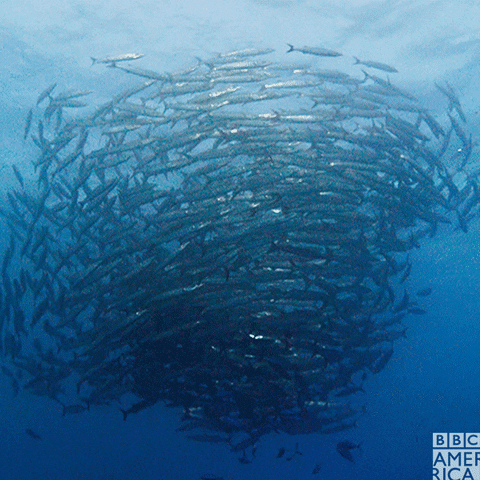Autonomous Robot Teams are the Future of Offshore Energy
/from ResearchGate
Robots and drones are—in the best way—infiltrating the offshore energy industry, helping keep workers safe, improve operations, and complete inspection and maintenance activities. They are becoming increasingly common and have the potential to revolutionize the way energy companies operate.
How Drones and Robots are Changing the Offshore Industry
In offshore energy, robots and humans are already working together. Turns out, we make great teams—like how I’m bad at vacuuming but my robot vacuum is very good at it. In addition to me saving time vacuuming while still having clean floors, autonomous robots are helping enterprises:
Increase Efficiency: Autonomous robots can take on complex tasks more quickly and accurately than humans, allowing for increased efficiency and faster operations.
Improve Safety: Drones and robots can work in dangerous environments with minimum risk to human safety, such as in deep-sea exploration.
Reduce Costs: Autonomous robots can perform some tasks more cheaply than humans, reducing costs for businesses in the offshore industry and freeing up humans to focus on their specialities.
Enhance Productivity: Autonomous robots can take on tasks that would otherwise be more time-consuming or costly for humans, allowing businesses to be more productive.
Swarms: The Ultimate Teamwork
Applications are moving beyond single drones and robots and advancing into coordinating dozens and hundreds of drones to work together, just like a school of fish trapping food.
Swarms are inspired by social creatures and are based on the use of local rules and simple robots compared to the complexity of the task at hand. Imagine several drones working together and sharing workload to deliver heavy supplies to offshore platforms, to monitor ocean wave activity, or map the deep-sea floor.
A pilot project using this concept is being worked on by Blue Ocean, which is trialing the world’s first fleet of autonomous underwater vehicles for collecting high-quality seismic data from the ocean floor. Current processes for collecting this data are very costly and carbon intensive, and they rely on human guidance to operate ROVs.
The Blue Ocean team is working on commercializing the swarms and deploying more in the field.
Autonomous drones and robots are the way of the future. I just hope swarms develop social standards so no one leaves moldy food in the office fridge, eats crunchy food in the cubical area, or forgets to make more coffee when they take the last drop.




